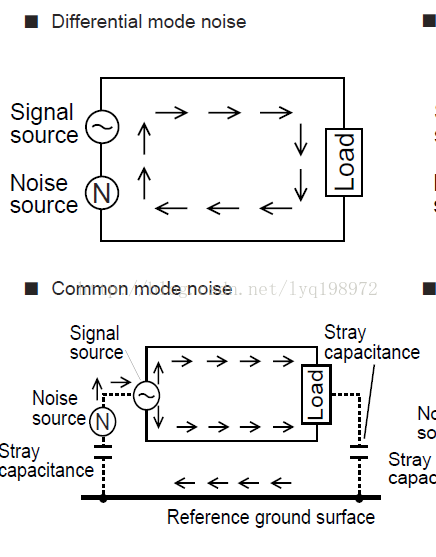Common-mode interference, differential mode interference
Common Mode Choke, also known as common mode inductor, is wound symmetrically on a closed magnetic ring with the same turns in opposite directions. It is often used to filter common-mode electromagnetic interference, suppress the electromagnetic wave produced by high-speed signal lines to emit radiation, and improve the EMC of the system. In practical application, common mode inductance is generally added to the differential signal line.

Common-mode interference, differential mode interference
To understand the application of common mode inductors, we must first understand what common mode interference is, differential mode interference.
Common mode and difference mode are both A relative quantity. Common mode refers to the potential of two signals A and B relative to the reference point (GND), while difference mode refers to the relative value between A and B.
Common-mode interference refers to the interference of two signal lines to the ground. If the environment produces the interference of the same direction and amplitude to the ground between two signal lines to the ground (superimposed the same voltage), then it is called common-mode interference. The reason why differential signals have good common-mode suppression is that the differential amplifier only amplifies the difference between two signals. (Udiff=Ua-Ub)
Differential mode interference also refers to string mode, which refers to the difference between two signal lines. Differential mode interference is equivalent to adding a interference voltage between two signals, Unoise=Ua-Ub. As shown in the picture below:





